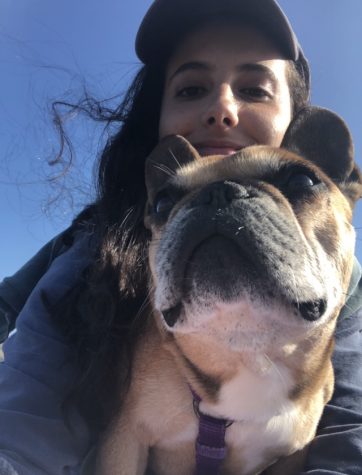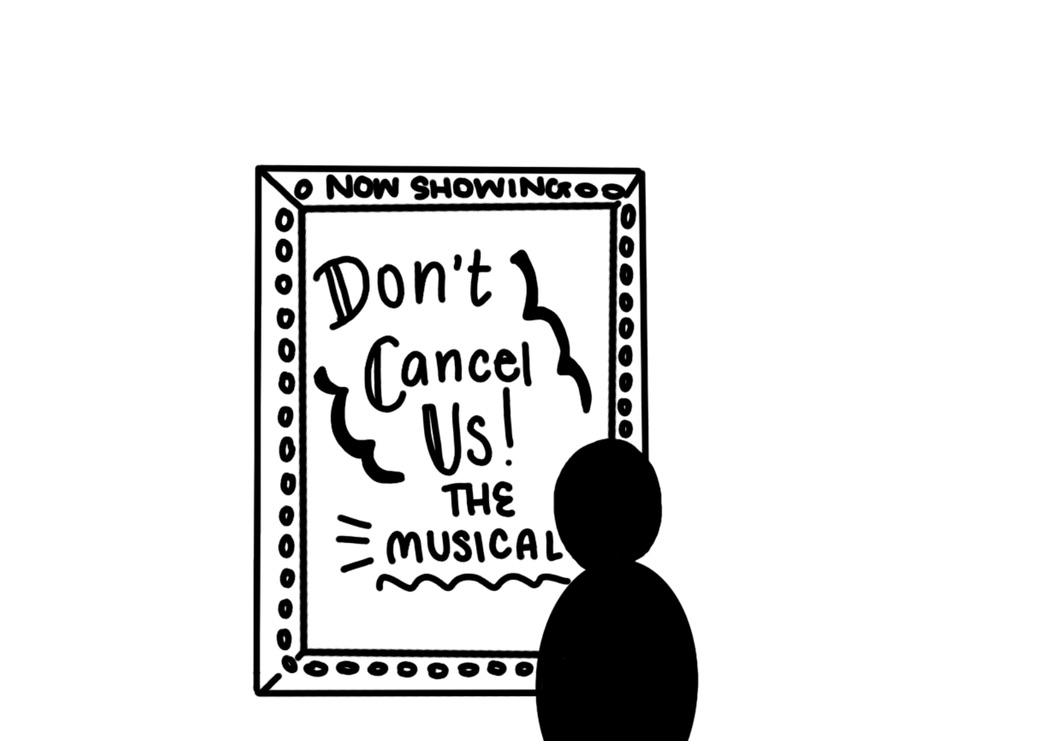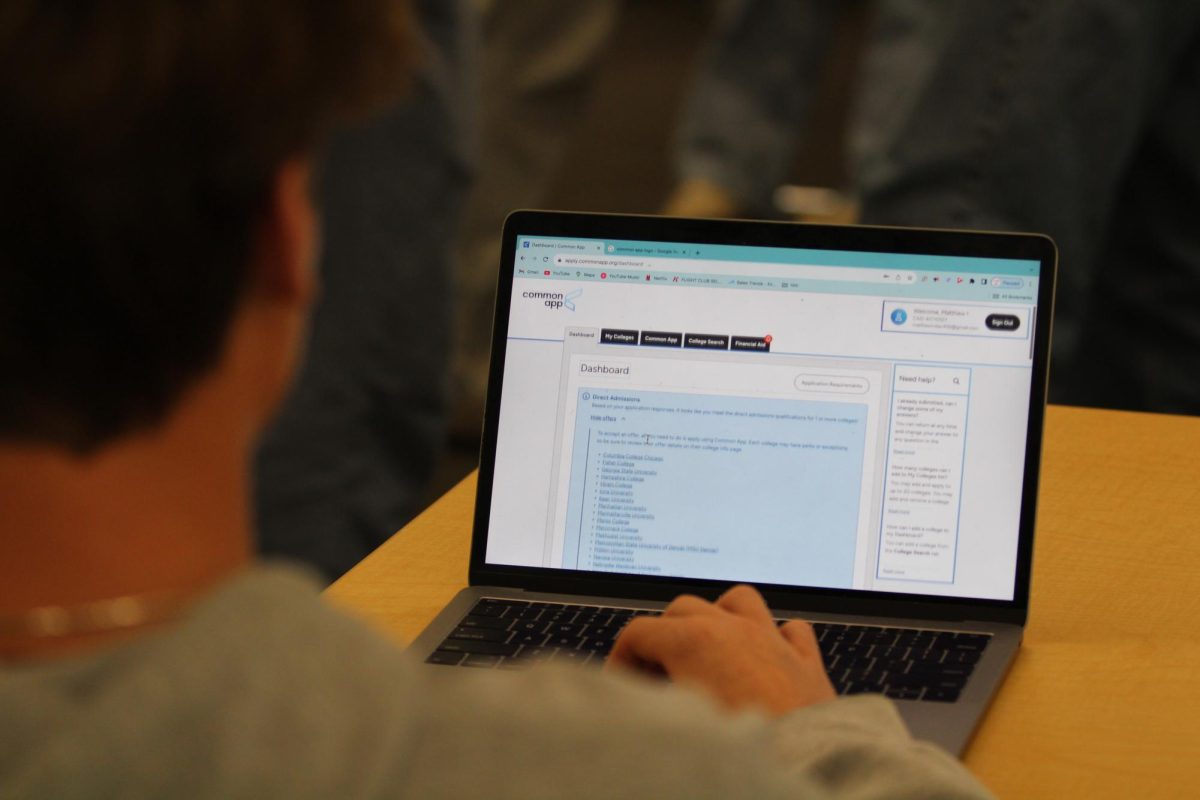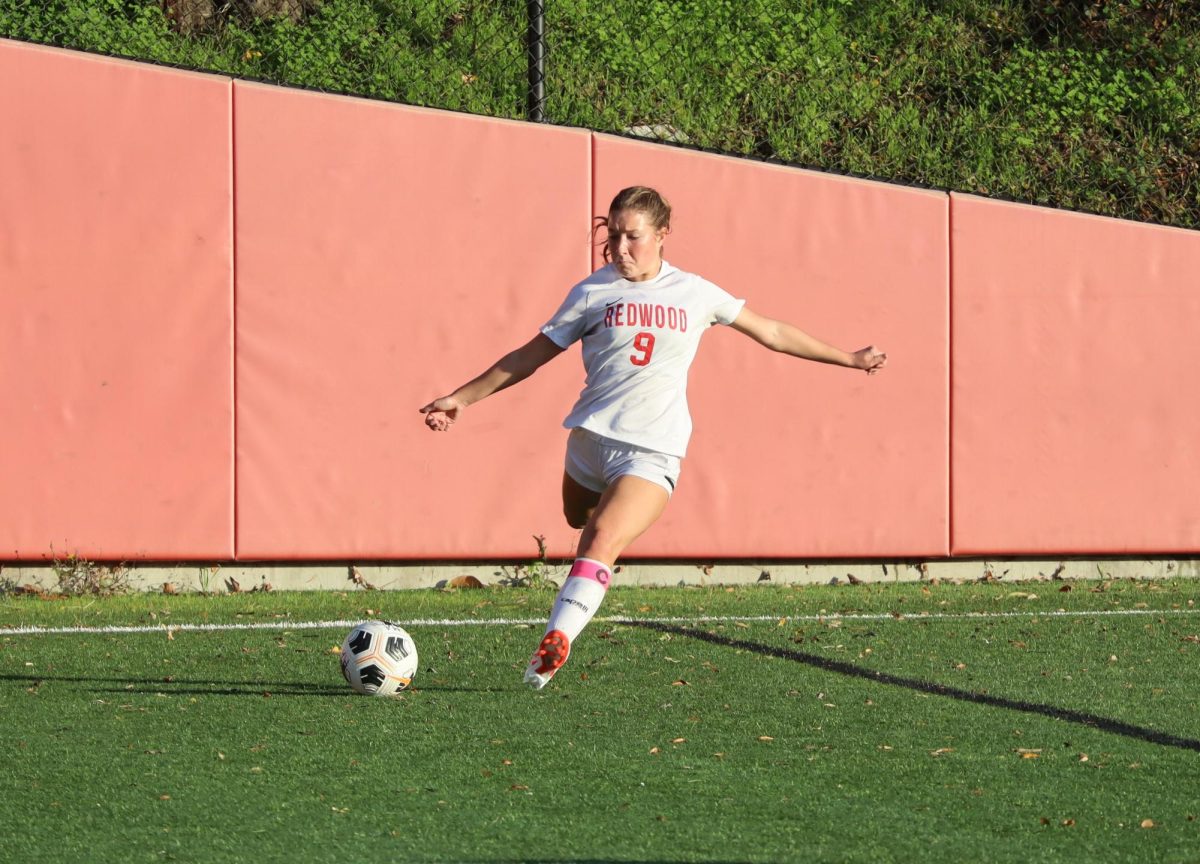Virus gone viral: How a distant disease has infiltrated our community
March 16, 2020
Palo Alto resident Esther Tebeka was in Wuhan, China visiting her mother during the start of the winter holiday when she first realized the gravity of the novel coronavirus. On Jan. 30, 2020, the International Health Regulations Emergency Committee of the World Health Organization (WHO) declared the outbreak a “public health emergency of international concern.”
“I was scared because I understood that it was possible the [Chinese] government was letting people die in their homes. That’s how I knew there was a big outbreak,” Tebeka said.
By March 11, WHO announced the disease to be a global pandemic. As of March 16, 181,775 people have been infected by the virus and 7,131 have died.
Coronaviruses are a family of viruses that are transmissible from animals to humans and cause illness ranging in severity from common cold symptoms to death. The novel Coronavirus, COVID-19, is a disease caused by the SARS-CoV-2 coronavirus strain. COVID-19 is similar to the two other globally concerning coronavirus diseases of the 21st century: Severe Acute Respiratory Syndrome (SARS) and Middle East Respiratory Syndrome (MERS). In the same way SARS and MERS are believed to have originated from civet cats and camels respectively, COVID-19 is believed to have originated from an animal market in Wuhan, China. However, there is still a lot to learn about the virus due to the recency of its outbreak. What scientists do know is that COVID-19 is much more transmissible than the flu or other coronaviruses due to its longer incubation period. A person can be infected for up to two weeks without showing symptoms, during which they can infect many others.
COVID-19 has impacted lives on a global scale, significantly in the Bay Area. As of Sunday, March 2020, there are over 200 confirmed cases in the region, and millions of people have been impacted by quarantines, travel restrictions, event cancellations and school closures. Although COVID-19 has had a significant impact on our community, the Bay Area is also having an impact on the treatment of COVID-19 with a local biotechnology company spearheading the effort toward discovering a viable treatment option for the currently untreatable disease.
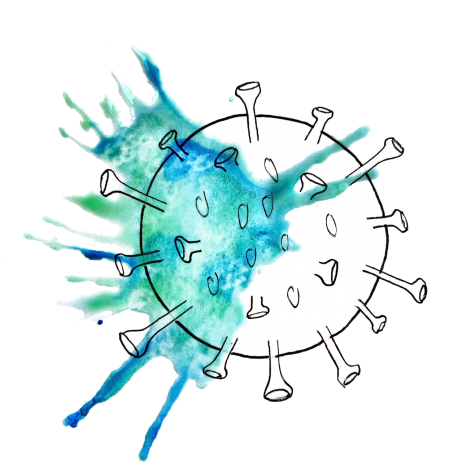 Dr. Warner Greene, MD, PhD, is a virologist and the Director of the Gladstone Center for HIV Cure Research at UCSF. Although he is not directly involved with COVID-19, his virus expertise offered insight.
Dr. Warner Greene, MD, PhD, is a virologist and the Director of the Gladstone Center for HIV Cure Research at UCSF. Although he is not directly involved with COVID-19, his virus expertise offered insight.
“Ten to 30 percent of common colds are caused by four different types of coronaviruses. All of these coronaviruses live in bats. However, there has to be a transmission of bats to an intermediate animal host, and then the animal host transmits the virus to humans,” Dr. Greene said. “[SARS-CoV-2] is one of the more infectious coronaviruses that we’ve seen. It’s at least ten times more infectious and spreads to ten times more people than the original SARS virus did.”
Most infected people have been over the age of 30, and the virus has primarily killed the elderly and people with compromised immune systems. Although these trends are not fully understood by scientists yet, according to an ass\ociate professor of pediatric infectious diseases at Vanderbilt Children’s Hospital, Dr. Buddy Creech, the relative lack of cases in younger people may be attributed to the frequency of rhinoviruses and other less serious strains of coronaviruses children are infected with, strengthening their immune systems.
Before others were fully aware of the recent outbreak Kristen Pederson, the mother of two former Sir Francis Drake High school students, decided to place herself in a self-imposed quarantine after returning from a trip to Italy in late February. While only exhibiting some of the symptoms—chest tightness and cough—she felt it was important to avoid spreading the virus.
“My husband and I had talked, and we decided what we would do after [returning to San Francisco]. Even though we haven’t been asked to [quarantine ourselves], we were still going to do that because it just seemed like the right thing to do,” Pederson said.
Due to COVID-19’s sudden outbreak worldwide, there has not been enough time for thorough research, leaving scientists and communities questioning its transmission, severity and treatment. However, Gilead Sciences, a Bay Area research-based biopharmaceutical company, created Remdesivir, an antiviral drug originally intended to treat the Ebola virus and subsequently HIV. On Feb. 24, 2020, WHO identified Gilead’s Remdesivir as the most promising agent in treating COVID-19. Currently, according to the Centers for Disease Control and Prevention director Robert Redfield, Washington state has already begun treating very sick people with Remdesivir in compassionate use.
Remdesivir showed promise while treating SARS and MERS in the past, which immediately put it in a global spotlight as the first potential treatment for COVID-19. According to The Journal of Biological Chemistry, all coronaviruses replicate the same way, using RNA-dependent RNA polymerase, an enzyme that copies genetic material. This enzyme can incorporate Remdesivir into new RNA strands, halting the addition of RNA subunits, which stops genome replication and therefore the spread of the virus.
“We already know that [Remdesivir] is active against [COVID-19] in the test tube, but the question is, will it be active against this virus in patients? It’d be wonderful if that’s the case,” Dr. Greene said.
Gilead Sciences announced on Feb. 26 the initiation of two phase-three clinical trials in which the drug will be compared to other coronavirus treatments. In order to determine the effectiveness of two dosing durations of Remdesivir as quickly as possible, these trials have promptly begun this month. The trial consists of a random 1,000 patients who have enrolled and is taking place primarily Asian medical centers. Dr. Merdad Parsey, MD, PhD, the chief medical officer for Gilead Sciences, outlined the trial’s goals in a press release.
“Gilead’s primary focus is on rapidly determining the safety and efficacy of Remdesivir as a potential treatment for COVID-19, and this complementary array of studies helps to give us a more expansive breadth of data globally on the drug’s profile in a short amount of time,” Parsey said. “The speed with which Remdesivir has moved into clinical development for this coronavirus reflects the pressing need for treatment options and the shared commitment of industry, governments, global health organizations and healthcare providers to respond to this public health threat with the highest urgency.”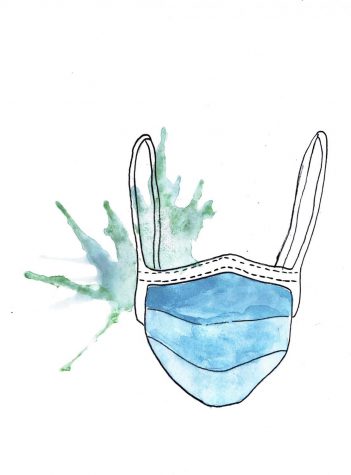
Despite precautions, COVID-19 has already begun infiltrating the San Francisco Bay Area. Health officials say the Bay Area is home to what is believed to be the first U.S. cases of community spread COVID-19, meaning patients have contracted the virus without being in direct contact with others who are infected.
In Marin, there are nine confirmed cases of COVID-19. The first man to contract the virus, whose information has not been disclosed other than that he is elderly, was among the seven other passengers of the Grand Princess Cruise Ship from Marin who showed symptoms after returning from an 11 day trip to Mexico. The passengers were unaware of their exposure to the virus, and therefore not quarantined until almost two weeks after they returned to Marin. The man infected two people he lived with while the other cases were spread through the community.
Dr. Matt Willis, Marin County’s public health officer, said that a community spread of the virus was “expected” by health officials. It is currently predicted by Harvard scientists that 40 to 70 percent of people worldwide will contract the coronavirus. However, slowing this outbreak would help citizens prepare more treatments and procedures to further regulate the pandemic.
“Quarantines never stop the virus. In cities, viruses always find a way, just like [SARS-CoV-2] found a way out of Wuhan and went on to envelop all of China. Sometimes we can delay that spread, which gives us more time to prepare,” Dr. Greene said.
In the Bay Area, various organizations are already preparing for the spread of the virus. UCSF has cared for some of the first cases of COVID-19 in California and is preparing to set aside 46 rooms as isolation facilities. Bay Area Rapid Transit (BART) has started to do additional station and train car cleaning and is posting educational signs. Additionally, there is a large amount of individual preparation. Many people are stocking up on hand sanitizer, food and masks, evident by the empty shelves in grocery stores across the Bay Area.
As of Thursday, March 12, schools within the Tam district announced the closing of their doors until March 30th in an attempt to mitigate the spread of the virus. All events associated with the school have been canceled, including all sports games and practices. Millions of students across the state have been affected by school closures with the implementation of online assignments to prevent a prolonged school year.
Senior Honors Biomedical Science student Natalie Norstad has taken an interest in virology after projects on HIV and shadowing a virologist at UCSF and fears the impact the coronavirus could have on Marin and beyond.
“It’s interesting to see the extent to which [a virus] can affect someone’s life,” Norstad said. “It’s just kind of incredible that something so small can have such a big effect.”
Anticipated events such as Night of Blues, Advanced Placement (AP) Art History’s trip to Europe, St. Patrick’s Day Parade and other activities with crowds over 50, have been canceled around Marin, significantly impacting Redwood. Though disappointing for the students, Dr. Greene feels the kind of precaution the AP Art History class is taking is completely necessary.
“With this virus, how do you prepare? You prepare by hand washing, you prepare by staying six feet away from people, by not assembling in large groups, not getting on ocean liners or planes. You have to take steps to reduce your personal risk, but in the absence of a vaccine and an antiviral, there is very little that the government can do for you,” Dr. Greene said.
For more information regarding what has happened and what is predicted to occur, click here.


